1. Going to a Sit-Down Diner for Breakfast
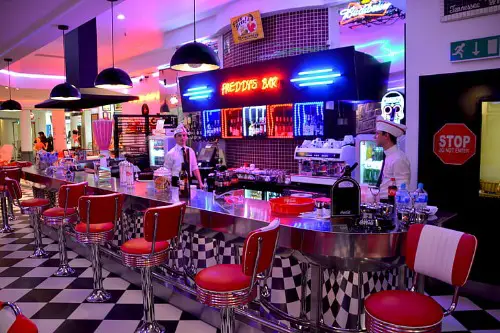
The classic American diner, once a staple for hearty breakfasts of pancakes, eggs, and bacon, is becoming a rarity, according to The New York Times. These establishments were cherished community hubs where locals gathered to start their day. However, the proliferation of fast-food outlets and coffee chains offering quick, on-the-go options has diminished the appeal of leisurely morning meals. As urban landscapes evolve, many diners have shuttered, unable to compete with the convenience and speed that modern consumers demand.
Moreover, the cultural shift towards health-conscious eating has played a role in this decline. Traditional diner fare, often rich in calories and fats, doesn’t align with the dietary preferences of many young people today. Consequently, the once ubiquitous sight of a bustling morning diner is fading, replaced by drive-thrus and mobile app orders.
2. The Sunday Family Dinner

Sunday family dinners were once a cornerstone of American life, providing a weekly opportunity for families to connect over a home-cooked meal. In today’s fast-paced world, such gatherings have become less common. Hectic schedules, extracurricular activities, and the convenience of takeout mean families are less likely to sit down together.
This decline in shared meals has implications beyond just tradition. Studies have shown that regular family dinners contribute to better communication and stronger familial bonds. As this practice wanes, some experts express concern over the potential impact on family cohesion and the social development of younger members, The Telegraph reports.
3. The Drive-In Movie
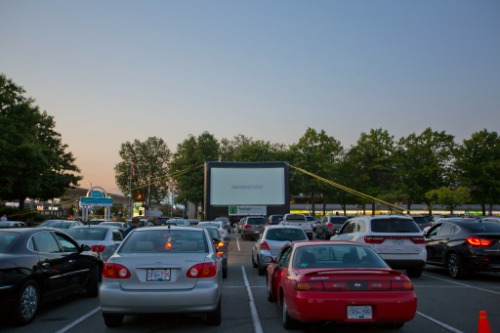
Drive-in theaters, once a popular entertainment choice, have seen a significant decline. The rise of indoor multiplexes and, more recently, streaming services has rendered the drive-in experience nostalgic but obsolete for many, according to Fox Business. Additionally, increasing real estate values have made it financially unfeasible for many drive-ins to continue operating.
The communal experience of watching a film under the stars, often with family or friends, is something many older generations remember fondly. However, today’s youth are more inclined towards the convenience of digital media, where movies can be watched anytime, anywhere, diminishing the allure of the drive-in.
4. Participating in a Barn Dance
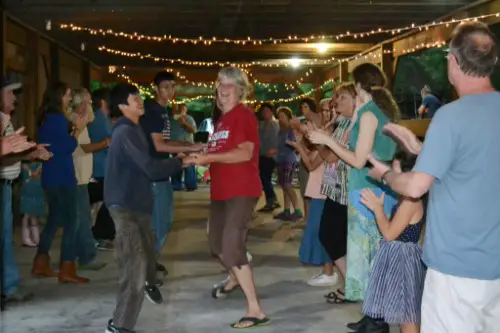
Barn dances were once vibrant social events in rural America, featuring folk music, square dancing, and community bonding. As urbanization has increased and entertainment options have diversified, these gatherings have become rare. Younger generations often prefer modern venues like clubs or concerts over traditional barn settings, according to TIME Magazine.
The decline of barn dances reflects broader changes in socialization patterns. The communal spirit fostered by such events has been supplanted by more individualistic or digitally mediated interactions, leading to concerns about the erosion of community ties in rural areas.
5. Knitting and Crocheting as Social Hobbies
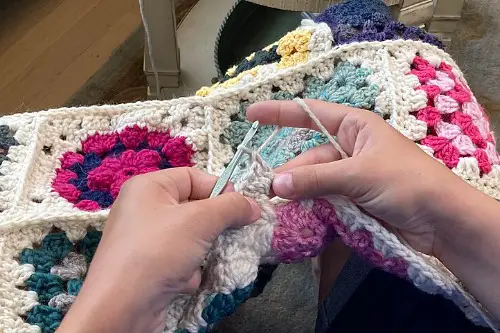
There was a time when groups would regularly meet to knit, crochet, and converse, blending productivity with social interaction. While there’s been a modest resurgence in these crafts, they don’t hold the same widespread appeal as in the past. The availability of affordable, mass-produced clothing has reduced the necessity and desire for handmade items.
Furthermore, the patience and time required for such crafts may not align with the instant gratification culture prevalent today. As a result, these once-common social hobbies have become niche activities, often pursued in solitude rather than as communal endeavors, according to The Zen Yarn Garden.
6. Writing Handwritten Letters

The art of handwriting letters has been largely overshadowed by digital communication. In earlier times, letters were a primary means of staying in touch, often personalized with unique stationery or stamps. Today, emails, texts, and social media messages have supplanted this form of correspondence, prioritizing speed over personal touch.
This shift has led to a loss of the tangible and sentimental value that handwritten letters provided. The anticipation of receiving a letter and the effort involved in crafting one are experiences that many younger individuals may never fully appreciate.
7. The Homecoming Parade
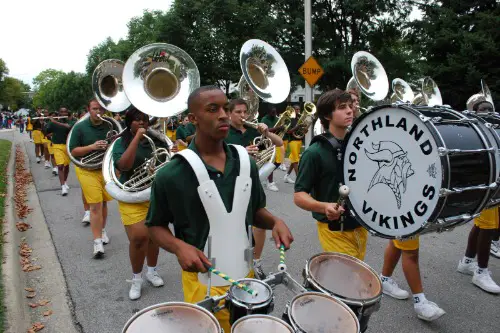
Homecoming parades were significant events in American high schools, marking the commencement of football season and fostering school spirit. Due to budget constraints and shifting priorities, many schools have reduced or eliminated these parades. For contemporary students, such traditions may seem outdated or less relevant.
The decline of these parades indicates a broader trend of diminishing communal school activities. As educational institutions focus more on academics and standardized testing, extracurricular traditions that once enhanced community engagement are falling by the wayside.
8. Collecting Baseball Cards
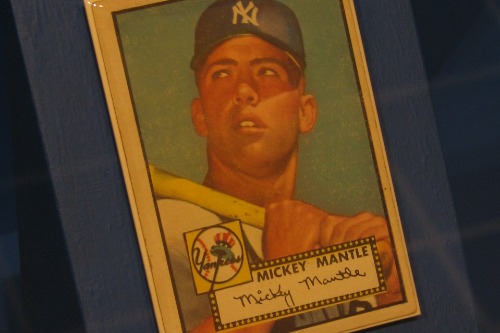
Collecting baseball cards was a cherished hobby for many youths in the ’80s and ’90s, offering both a pastime and a way to connect with peers. The digital age, with its plethora of online games and virtual collectibles, has overshadowed this physical hobby. The market for baseball cards has shifted online, diminishing the local trading culture that once thrived.
Additionally, the instant access to player statistics and memorabilia online has reduced the allure of physical card collections. Younger generations often seek more interactive and dynamic forms of entertainment, leaving traditional hobbies like card collecting in decline.
9. Attending a Church Social
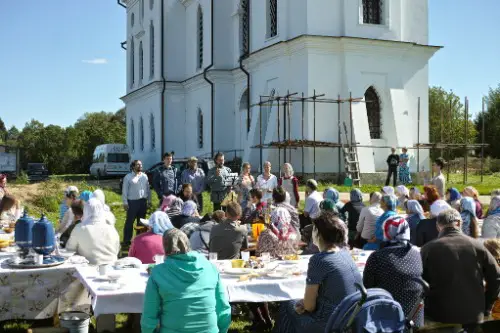
Church socials were once pivotal in fostering community, offering members a chance to gather for meals, games, and fellowship. As church attendance has decreased across many regions, these events have also dwindled. Factors such as demanding work schedules, the rise of digital social networks, and evolving religious perspectives contribute to this trend.
The reduction in such gatherings reflects a broader secularization in society. As individuals find alternative means of socializing and community building, traditional religious-based events have seen decreased participation, altering the social fabric of many communities.
10. Family Road Trips with a Map

There was a time when family road trips were an adventure in navigation, requiring a well-folded paper map and a keen sense of direction. Parents would trace routes with their fingers, kids would help spot road signs, and gas stations often doubled as impromptu information centers when someone got lost. These trips weren’t just about the destination—they were about the experience of working together to find the way, stopping at roadside attractions, and making unexpected detours. The challenge of reading a map added an element of excitement and teamwork that made the journey just as memorable as the final stop.
Today, the reliance on GPS and smartphone navigation has made paper maps nearly obsolete. With turn-by-turn directions and real-time traffic updates, modern road trips are more efficient but arguably less adventurous. There’s less need for critical thinking when an app recalculates the route in seconds, and fewer spontaneous stops at quirky roadside attractions. While convenience has its benefits, something about unfolding a map on the hood of a car and planning the next move together has been lost. Many younger travelers may never know the thrill of successfully navigating unfamiliar roads without a digital guide leading the way.
11. The Annual Block Party
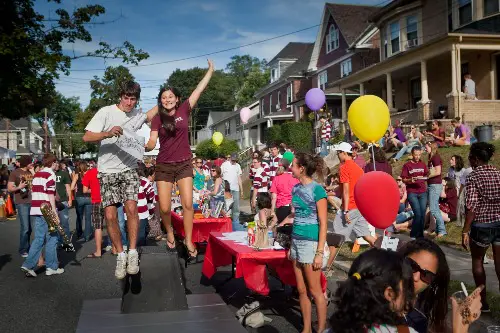
There was a time when family road trips were an adventure in navigation, requiring a well-folded paper map and a keen sense of direction. Parents would trace routes with their fingers, kids would help spot road signs, and gas stations often doubled as impromptu information centers when someone got lost. These trips weren’t just about the destination—they were about the experience of working together to find the way, stopping at roadside attractions, and making unexpected detours. The challenge of reading a map added an element of excitement and teamwork that made the journey just as memorable as the final stop.
Today, the reliance on GPS and smartphone navigation has made paper maps nearly obsolete. With turn-by-turn directions and real-time traffic updates, modern road trips are more efficient but arguably less adventurous. There’s less need for critical thinking when an app recalculates the route in seconds, and fewer spontaneous stops at quirky roadside attractions. While convenience has its benefits, something about unfolding a map on the hood of a car and planning the next move together has been lost. Many younger travelers may never know the thrill of successfully navigating unfamiliar roads without a digital guide leading the way.
12. The Saturday Morning Cartoon Marathon
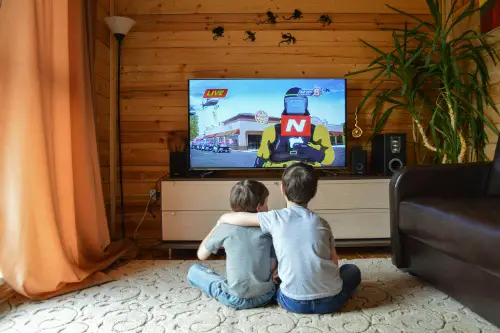
For decades, Saturday mornings were sacred for kids across America. They would wake up early, pour a bowl of sugary cereal, and plant themselves in front of the television for hours of uninterrupted cartoons. Networks carefully curated animated lineups, making Saturday mornings feel like a special event. Shows like Looney Tunes, Scooby-Doo, and Teenage Mutant Ninja Turtles were childhood staples, and kids had to wait all week for their favorite episodes. This communal experience gave an entire generation shared pop culture moments that still spark nostalgia today.
The rise of streaming services and on-demand entertainment has made the Saturday morning cartoon tradition obsolete. Kids no longer need to wait for a specific time slot to watch their favorite shows—they can stream anything, anytime, from any device. While this offers greater flexibility, it also eliminates the excitement of anticipating a new episode or the ritual of watching cartoons as a weekend treat. The era of scheduled TV programming is fading fast, and with it goes a tradition that once defined childhood weekends.


